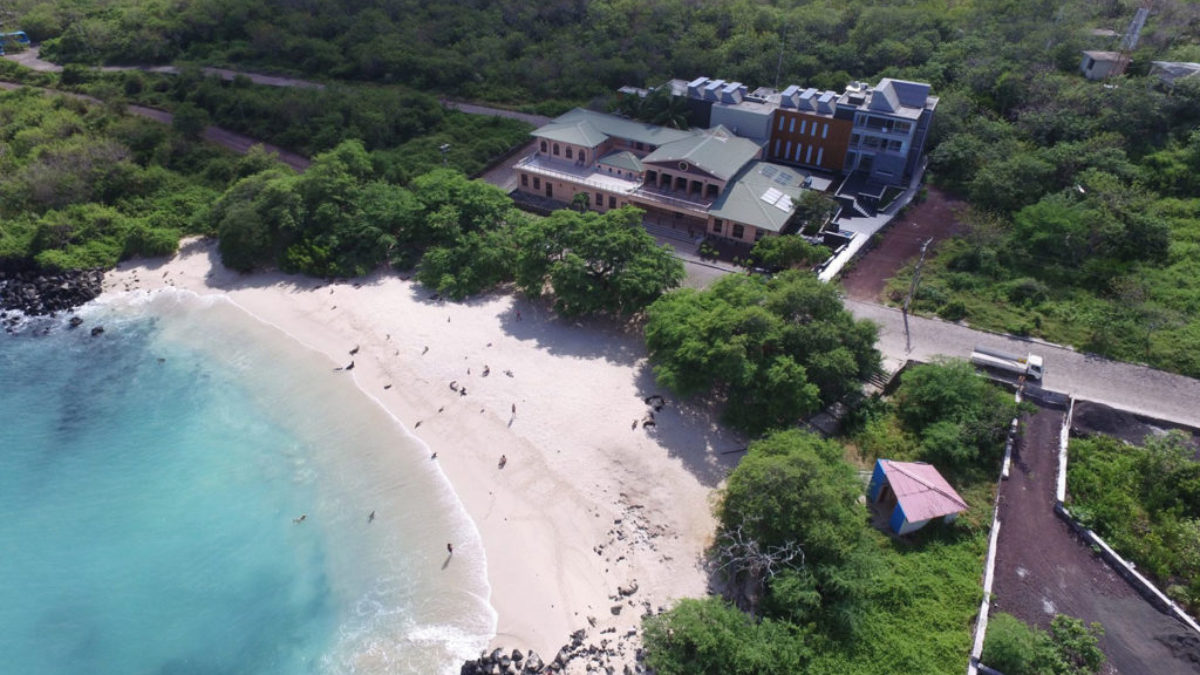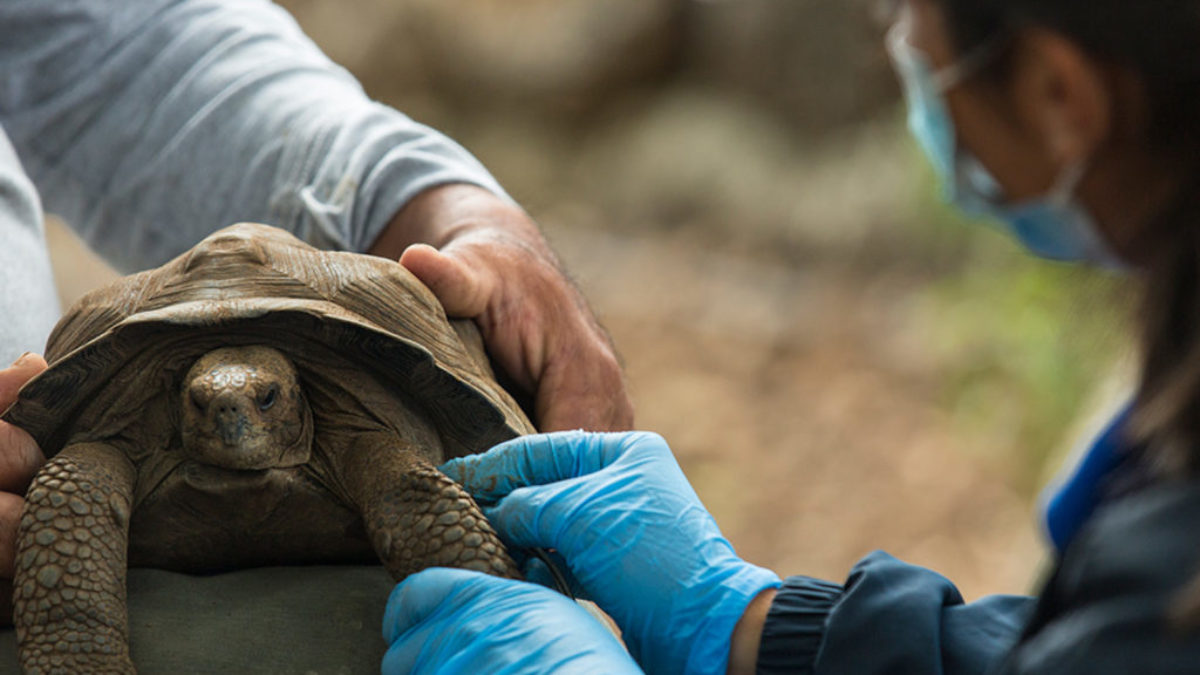Exploration & Preparation
Published on September 13, 2022Exploring how Galapagos ecosystems respond to changes in the water cycle can reveal insights into worldwide water security

Exploring how Galapagos ecosystems respond to changes in the water cycle can reveal insights into worldwide water security
Carolina researchers conduct groundbreaking research around the world.
One of Carolina’s most significant research footprints abroad is the Galapagos Science Center on San Cristobal Island. The 20,000-square-foot facility is a partnership between UNC-Chapel Hill’s Center for Galapagos Studies and the Universidad San Francisco de Quito and is the only center of its kind on the islands.
Since opening in 2011, the Galapagos Science Center has been the site of more than 100 interdisciplinary research projects led by hundreds of national and international scientists.
Diego Riveros-Iregui, interim co-director of the UNC Center for Galapagos Studies and Bowman and Gordon Gray Professor in the geography department in the College of Arts & Sciences researches the interactions between water and ecosystems. He focuses on how elements such as carbon and nitrogen are affected in soils, plans, microbes and the atmosphere due to the water cycle.
“Currently, we need to enhance our understanding of how soils and ecosystems will respond to changes in water availability — changing rainfall patterns, prolonged drought, etc,” said Riveros-Iregui.
The Galapagos Science Center is an invaluable resource for his research.
“The Galapagos Islands offer a variety of environments as a result of sharp gradients in age, hydroclimate and human impacts,” said Riveros-Iregui. “This includes very dry and very humid areas with drastically different vegetative covers that may occur very closely to one another. My group and I study this natural laboratory to evaluate current threats to freshwater security and resource sustainability, as well as the coupling of human activities with ecosystem dynamics and function.”





